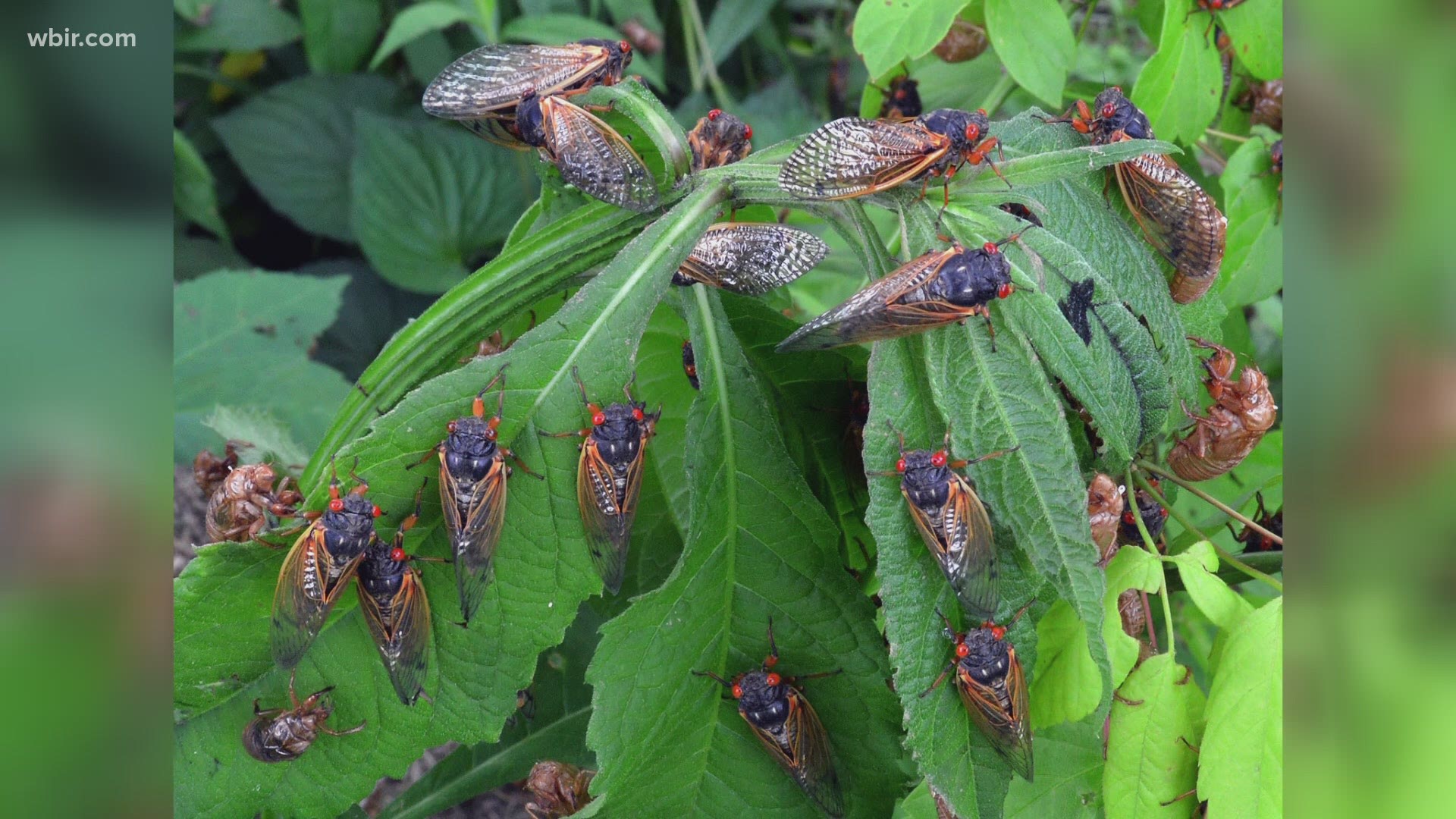CINCINNATI — Starting in early May, a brood of cicadas will emerge from underground lairs throughout East Tennessee in a natural, 17-year cycle they followed for thousands of years.
They are called "Brood X" and researchers hope to have the help of citizen scientists to map where they come out. So, they created the Cicada Safari app which allows users to photograph, film and search for cicadas near them. It helps scientists map the bugs, contributing to research.
Officials said it will help scientists determine the distribution of the brood of emerging cicadas, helping them asses the status of Brood X.
“As strange as it may sound, but periodical cicada broods can go extinct,” said Gene Kritsky, Dean of Behavioral and Natural Sciences at Mount St. Joseph University in Cincinnati. “Brood XI, which emerged in large numbers just two centuries ago, was deemed extinct in 1954.”
The app is free on the Apple App Store or on Android's Google Play Store. Researchers also created a website offering cicada facts, history, maps and activities.
"This is the big one, a generational event," said Kritsky. "For people who have been around a while, they will remember what it was like 17 years ago or even farther back to when they were kids and they'll know what to expect. For those who weren't alive 17 years ago or who were too young at the time and can't remember, they are in for quite an experience."
Cicadas emerge after the soil temperature exceeds 64 degrees, usually around mid-May. Only male cicadas tend to produce the loud buzzing the bug is known for.
Cicadas also don't eat solid food. They do not sting, bite or carry diseases.

